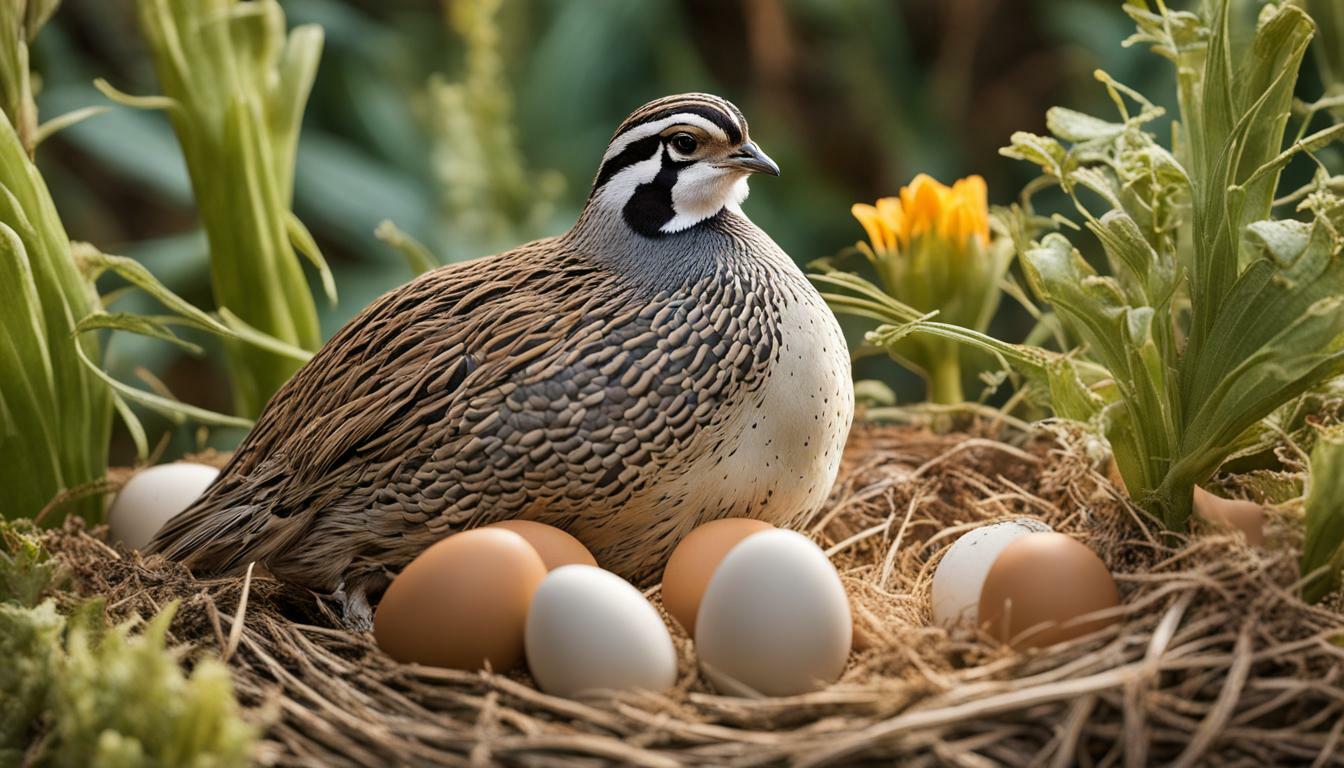10 Fun Facts About Giraffes for Kids You Won’t Want to Miss!

Table of content:
Get ready to stretch your imagination with some amazing giraffe facts! These tall animals are true wonders of African wildlife. You’ll be amazed at how these gentle giants with their long necks have adapted to life on the savanna.
Did you know giraffes can grow as tall as a two-story house? That’s right! These incredible creatures can reach heights of 14 to 19 feet. Their unique animal adaptations make them perfect for reaching tasty leaves high up in trees.
Giraffes come in four different species: Masai, Southern, Northern, and Reticulated. Each has its own special look, but they all share those famously long necks and legs. These features help them spot danger from far away and run super fast when needed.
Ready for more giraffe facts? These wildlife education tidbits will make you the smartest kid in class when it comes to these fascinating animals. So, let’s dive in and explore the world of giraffes together!
Giraffe Physical Characteristics
Giraffes are truly remarkable tall animals. Their unique anatomy sets them apart in the animal kingdom. Let’s explore some fascinating features that make giraffes so special.
Height and Neck
Giraffes are giants of the savanna. Male giraffes can reach heights of up to 18 feet, while females grow up to 14 feet. Their long giraffe necks measure about 6 feet in length. Surprisingly, giraffe necks have only seven vertebrae, just like humans! This incredible height gives them a big advantage in reaching leaves high up in trees.
The giraffe’s heart is a marvel of animal adaptations. It weighs up to 25 pounds and measures around 2 feet long. This powerful organ pumps 60 liters of blood every minute, helping giraffes manage blood flow to their tall bodies and brains.
Tongue and Horns
Giraffes have an impressive giraffe tongue that can grow over 18 inches long. It’s bluish-purple in color, which protects it from sunburn during long feeding sessions. The tongue is prehensile, meaning it can grasp and manipulate food with ease.
On top of their heads, giraffes sport unique horn-like structures called ossicones. These are made of cartilage and covered with skin. Both male and female giraffes have ossicones, but males’ are often thicker and may become bald on top from fighting.
- Giraffe feet are huge, about 12 inches in diameter
- Their spots are as unique as human fingerprints
- Giraffes can eat up to 75 pounds of leaves daily
These incredible features help giraffes thrive in their natural habitats. From their towering height to their specialized tongues, every aspect of giraffe anatomy is a testament to nature’s ingenuity.
Behavior and Abilities
Giraffes are amazing social animals with cool behaviors and skills. They live in groups called towers, showing they like to be together. Let’s learn some fun facts about these tall friends!
Social Structure and Communication
Giraffes hang out in groups where they can come and go as they please. Female giraffes often stay together, especially when they have babies. You might think they’re quiet, but they make sounds like moans and hisses. They also use body language to talk to each other.
Speed and Strength
Giraffes are fast, even though they’re really tall. They can run up to 35 miles per hour. They move in a special way called pacing, stepping with both legs on one side, then the other. This helps them stay balanced.
Giraffe hooves are huge, like dinner plates! These big feet help spread out their weight and protect them. Giraffes use their strong legs and hooves to kick away predators like lions. Their animal instincts and strength make them tough in the wild.
- Giraffes can run at 35 mph for short distances
- They only need to drink water every few days
- Baby giraffes can stand and walk within an hour of birth
- Giraffes sleep for just 5 to 30 minutes a day
Reproduction and Growth
Giraffe pregnancies last about 15 months. Female giraffes don’t lie down when it’s time to give birth. They stay standing, and the baby giraffe falls nearly 2 meters to the ground!
This fall is vital for the calf. It breaks the amniotic sac, cuts the umbilical cord, and gets the calf breathing.
A newborn giraffe calf weighs about 65 kilograms. It stands as tall as an average man. Giraffe calves can stand up within an hour of birth.
This quick start is crucial for survival. The calf stays close to its mother for about 18 months. It learns important skills during this time.
Giraffe calves grow fast. They can almost double their height in the first year! But life isn’t easy for these young ones.
Over half of giraffe calves don’t make it past their first birthday. Predators like lions and hyenas are a big threat.
- Calves drink their mother’s milk for 9-12 months
- Male calves leave mom at 15 months
- Female calves stay until 18 months old
As of 2016, there were about 97,500 giraffes in the wild. With such threats to young calves, every birth counts. It helps keep these amazing animals around for future generations to admire.
Conservation Status
Giraffes are in big trouble. Their numbers have fallen by about 30% in just 30 years. This makes them very close to being endangered.
Their home is being taken away by humans. Poaching and climate change also hurt them a lot. Now, there are fewer than 100,000 giraffes left in the wild.
Laws are in place to protect them. Groups are working to save their homes and stop poaching. Zoos are also helping by breeding more giraffes.
- The reticulated giraffe population has shrunk from 27,000 to about 7,000
- Only 300 West African giraffes remain in the wild
- Scientists have identified nine different giraffe subspecies
You can help too. Learn about giraffes and tell others about their struggle. Supporting conservation helps keep giraffes alive for future generations.
Conclusion
Giraffes are amazing creatures for learning and fun. They can grow up to 19 feet tall. This makes them the tallest animals on land.
They have long necks and tongues. These features are great for teaching kids about nature.
Did you know giraffes have blue tongues? They help keep their tongues cool. Giraffes only sleep for 30 minutes a day. These facts make them popular in schools and zoos.
Giraffes live in groups called “towers” and “journeys”. This teaches us about community and safety in nature.
But, giraffe numbers have dropped by 36-40% since 1985. This is due to habitat loss and other reasons. We need to protect them.
Learning about giraffes helps us care for them. It’s important for their future. Let’s help save these amazing animals.
Welcome. I’m Adreena Shanum, the proud owner of this website, and I am incredibly passionate about animals, especially poultry. I founded adreenapets.com as a labor of love, stemming from my desire to share my knowledge and experiences with poultry enthusiasts worldwide.




